Companion plants
opheliathornvt zone 5
10 years ago
Related Stories

EDIBLE GARDENSGarden BFFs? Why Your Vegetables Are Begging for Companion Plants
Foster friendships among plants for protection from pests, pollination support and color camaraderie
Full Story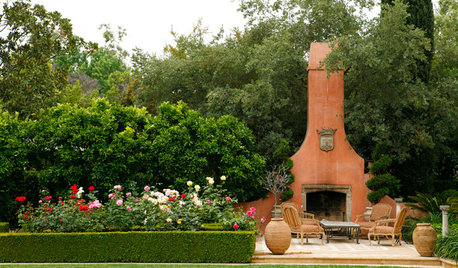
LANDSCAPE DESIGNMake Your Roses Even More Beautiful With These Companion Plants
Nourish your rosebushes and create a visual feast with these 7 classic and unexpected plant pairings
Full Story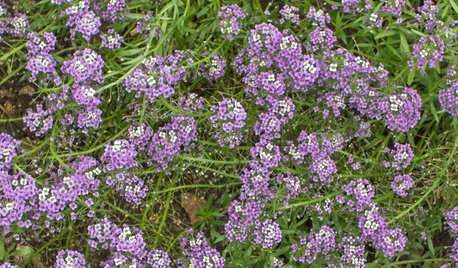
GARDENING GUIDESGreat Design Plant: Sweet Alyssum
This dependable winter bloomer makes a colorful companion in beds, baskets, even rock gardens
Full Story
GARDENING GUIDESGreat Design Plant: Cephalanthus Occidentalis
Buttonbush is an adaptable woody shrub with delightful pincushion flowers
Full Story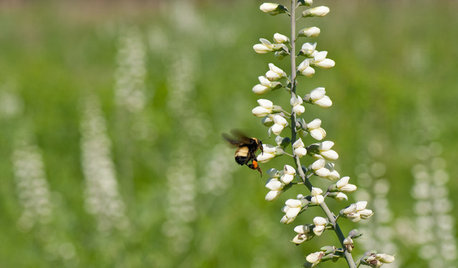
GARDENING GUIDESGreat Design Plant: Please Bumblebees by Planting Baptisia Lactea
Plant wild white indigo in central and southeastern U.S. gardens for its large white flower heads and early-spring interest
Full Story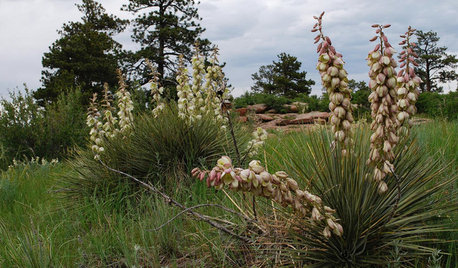
GARDENING GUIDESGreat Design Plant: Yucca Glauca
Soapweed yucca's pale green leaves brighten the winter garden and add sculptural interest year-round
Full Story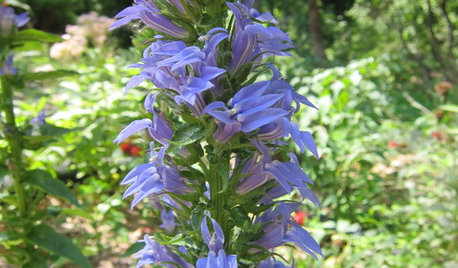
GARDENING GUIDESGreat Design Plant: Lobelia Siphilitica Keeps Its Cool
Great blue lobelia, a flowering native that prefers moist soil, adds a calming blue hue to the late-summer garden
Full Story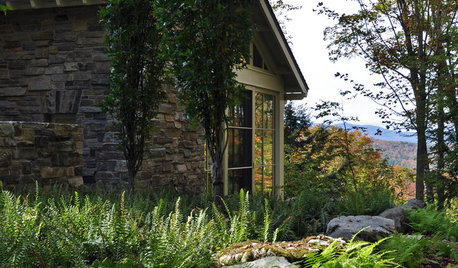
GARDENING GUIDESGreat Design Plant: Athyrium Filix-Femina
If you need a well-mannered plant that shines in the shade, lady fern is for you
Full Story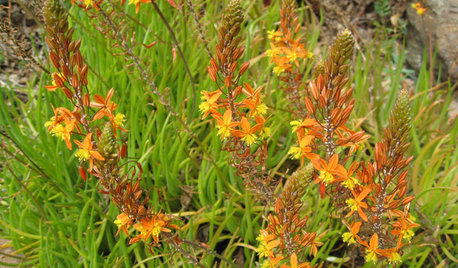
GARDENING GUIDESGreat Design Plant: Bulbine Frutescens 'Hallmark'
Plant this low-maintenance succulent now for brilliant eye-catching orange blooms in spring
Full Story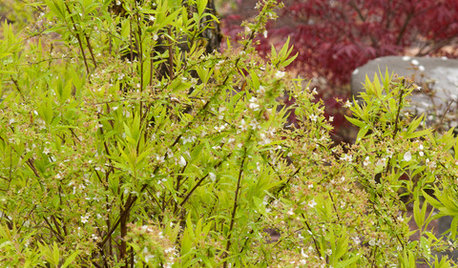
GARDENING GUIDESGreat Design Plant: Ogon Spirea for Radiance and Texture
This feathery shrub will light up your garden with its bright color and easygoing personality
Full Story0
More Discussions






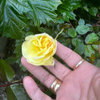


nickl
nippstress - zone 5 Nebraska
Related Professionals
Edmond Landscape Architects & Landscape Designers · Tempe Landscape Architects & Landscape Designers · Ilchester Landscape Architects & Landscape Designers · Manhattan Beach Landscape Architects & Landscape Designers · Frisco Landscape Contractors · Peabody Landscape Contractors · Athens Landscape Contractors · Camp Verde Landscape Contractors · Elkridge Landscape Contractors · Gainesville Landscape Contractors · Lady Lake Landscape Contractors · Mahwah Landscape Contractors · Milford Mill Landscape Contractors · Placerville Landscape Contractors · Shenandoah Landscape Contractorsopheliathornvt zone 5Original Author